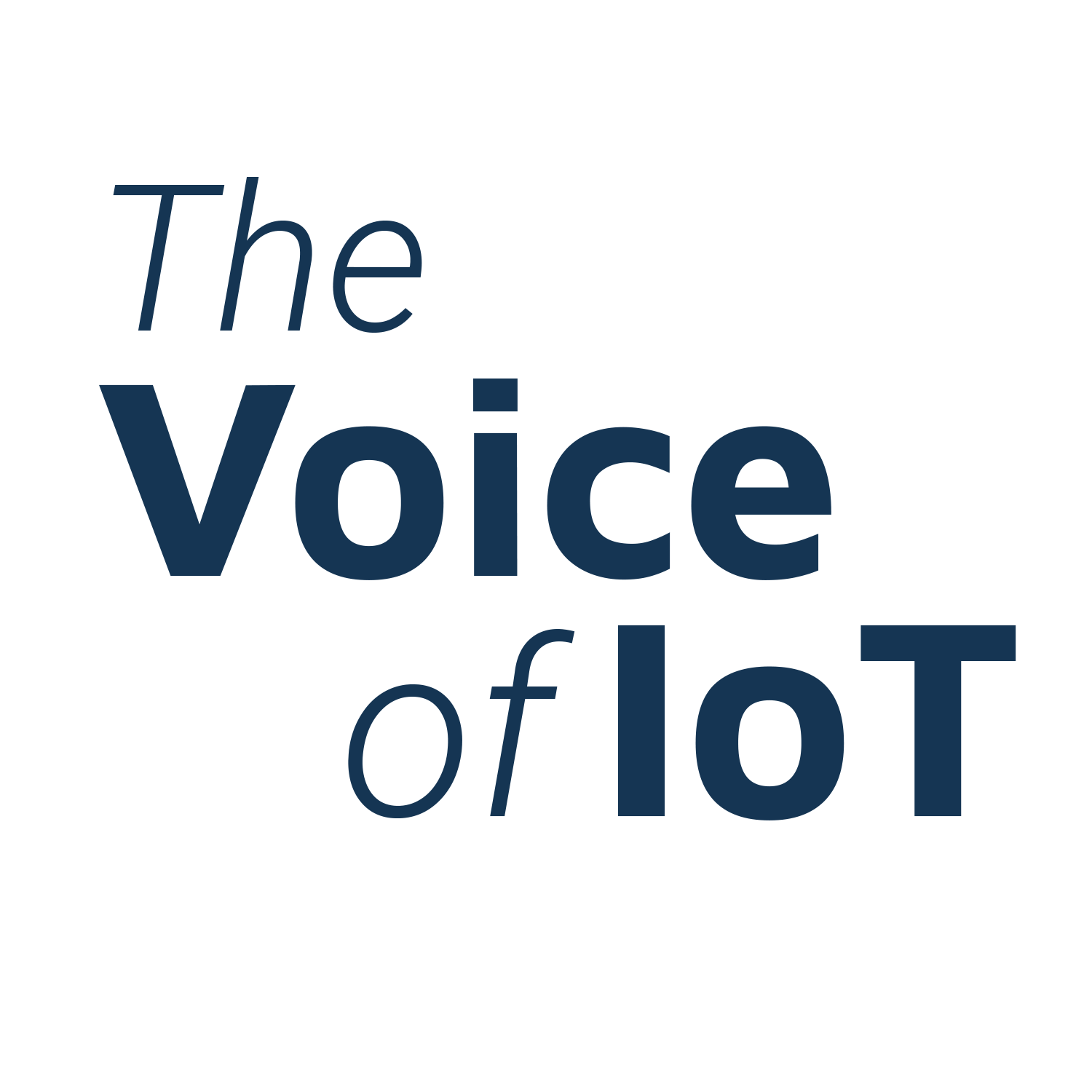The Voice of IoT. June 2020
Smart homes and smart buildings: two complimentary layers of IoT
IoT plays a significant role when it comes to the use of technology for living smarter. By connecting to the internet, many devices that are part of our everyday life can be monitored and remotely controlled by individual users to obtain an immediate benefit eg. in-house climate conditions, lighting, music control and so on). However, when IoT is used by a municipality, an authority or a large public or private company, the benefits can be experienced by many users and families at the same time.
Roberto Colombo. Regional Commercial Manager. Brunata Italy


“Smart City” is a definition used to name a place where technologies are implemented for the sake of improving the city's operations, processes or resources for the benefit of its inhabitants.
Consider for example a neighborhood with LoRaWAN® network coverage, a communication protocol that uses an unlicensed frequency band in which the data of hundreds of thousands of sensors and devices can be transmitted. In this scenario, the data from all the meters in a building (water, heat and energy meters) can travel on the same freeway (the LoRaWAN® network) together with data coming from hundreds of thousands of other sensors, thus making a city smart. For example, sensors reporting environmental conditions (such as door opening, temperature, humidity, CO2 levels ...), trackers for elderly people or pets, sensors that check the status of car parking places, or on garbage bins to allow for smart waste management by the municipality and so on.
When connected to the Internet, these devices become part of the Internet of Things ("IoT").
But very often there lies some confusion between “smart home” and “smart building”. The two concepts can be linked but it doesn’t mean they are communicating with each other. Usually, these are two different levels of intelligence applied in different ways to their own focused group of sensors or equipment. Allow me to explain further.
A smart home is better defined as an individual apartment or house where home automation, or domotics, has been implemented: it usually means smart devices installed inside a private home for controlling security, lighting, climate, entertainment systems and appliances in general. These technologies are used to help improve well-being as well as to increase safety of the household.
But very often there lies some confusion between “smart home” and “smart building”. The two concepts can be linked but it doesn’t mean they are communicating with each other. Usually, these are two different levels of intelligence applied in different ways to their own focused group of sensors or equipment. Allow me to explain further.
A smart home is better defined as an individual apartment or house where home automation, or domotics, has been implemented: it usually means smart devices installed inside a private home for controlling security, lighting, climate, entertainment systems and appliances in general. These technologies are used to help improve well-being as well as to increase safety of the household.
This home automation makes existing equipment and systems smarter, enabling them to perform functions that are partially autonomous or at the very least configurable by the user.
In the early days of smart homes, the intelligence was wired and distributed, but not connected to itself or other equipment in the home. Each manufacturer used their own proprietary language, hence equipment from different brands did not talk to each other. Today intelligence is wireless and comes in many different flavors. However, even today, interoperability between equipment isn’t fully in place (yet): Users must still access several different apps or interfaces in order to monitor and control all of their devices. Think Philips Hue meets Bosch Indigo meets Nest.
At a different and higher level though, there are smart buildings.
What does smart building mean? Generally, it means being able to manage all the technological systems associated with a building (such as heating & cooling systems (HVAC), water, energy, security system, etc.) in an integrated manner for all the environments that the building contains (apartments, offices and shops).
Furthermore, buildings are the basic component of neighborhoods and cities. Therefore, having smart buildings that are integrated and exchanging data means having an extensive and widespread network where virtually everything can be connected to the internet and thus be monitored and controlled. In this fashion smart buildings help to reduce energy consumption, improve safety and increase the quality of life of a wide group of people. So, as you now see, smart homes and smart buildings are two very complimentary layers of IoT.
IoT delivers tangible benefits to private homes and residential buildings as equally as it does to office and commercial buildings. When integrated into smart homes and smart buildings, smart devices, equipment and systems, improve well-being, security, efficiency and performance. All of which helps individuals, families, communities, authorities and public and private companies become more efficient, optimize precious resources and reduce waste, creating greater sustainability for everyone.
Furthermore, buildings are the basic component of neighborhoods and cities. Therefore, having smart buildings that are integrated and exchanging data means having an extensive and widespread network where virtually everything can be connected to the internet and thus be monitored and controlled. In this fashion smart buildings help to reduce energy consumption, improve safety and increase the quality of life of a wide group of people. So, as you now see, smart homes and smart buildings are two very complimentary layers of IoT.
IoT delivers tangible benefits to private homes and residential buildings as equally as it does to office and commercial buildings. When integrated into smart homes and smart buildings, smart devices, equipment and systems, improve well-being, security, efficiency and performance. All of which helps individuals, families, communities, authorities and public and private companies become more efficient, optimize precious resources and reduce waste, creating greater sustainability for everyone.
